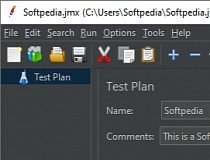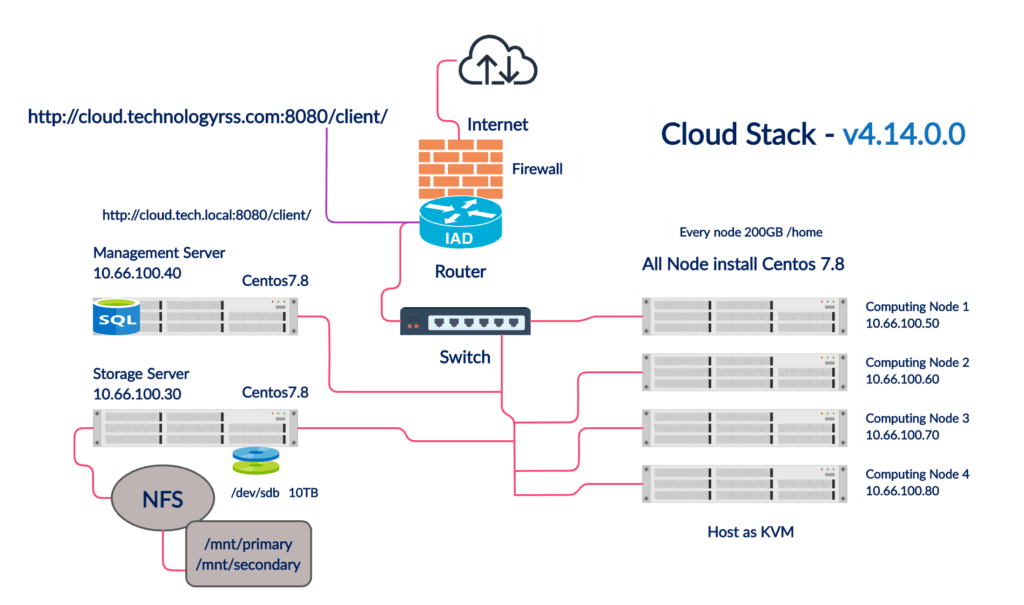

- #APACHE JMETER WINDOWS INSTALL INSTALL#
- #APACHE JMETER WINDOWS INSTALL ZIP FILE#
- #APACHE JMETER WINDOWS INSTALL DRIVER#
- #APACHE JMETER WINDOWS INSTALL SERIES#
Increase the JVM heap size for Apache JMeter by changing the corresponding JVM parameters in the jmeter.bat file located in the Apache JMeter /bin folder.jar file to JMeter’s /lib/ext The Apache Plugins Manager enables additional crucial functionality in Apache JMeter for benchmark testing (such as Ultimate Thread Group).
#APACHE JMETER WINDOWS INSTALL DRIVER#
jar file to JMeter’s /lib When setting up the JDBC connection in the JMeter GUI, use .Driver as the driver class name).
#APACHE JMETER WINDOWS INSTALL ZIP FILE#
zip file from the Apache JMeter download page.
#APACHE JMETER WINDOWS INSTALL INSTALL#
To install Apache JMeter on a Windows EC2 machine, complete the following steps: You can run it on Windows and a number of different Linux/UNIX systems for this post we run it in a Windows environment.

Apache JMeterĪpache JMeter is an open-source load testing application written in Java that you can use to load test web applications, backend server applications, databases, and more.

I highly recommend you take advantage of that benefit by reaching out to your AWS account SA. Analytics Specialists Solutions Architects such as myself frequently and happily engage with current and prospective customers to help you evaluate your benchmarking strategy and approach at no charge. One final point before we get started: there is a lot that could be said about benchmarking-more than can be accommodated in a single post. In this post, we discuss benchmarking Amazon Redshift with the Apache JMeter open-source tool.
#APACHE JMETER WINDOWS INSTALL SERIES#
However, best practices for using these tools are scarce, possibly resulting in flawed compute profiles, flawed benchmark results, customer frustration, or bloated timelines.Īs mentioned, this series is divided into multiple installments, with the first installment discussing general best practices for benchmarking, and the subsequent installments discussing the strengths and challenges with different open-source tools such as SQLWorkbench, psql, and Apache JMeter. Open-source tools, with their cost-efficiency and vendor neutrality, are often the preferred choice for profiling your production workloads and benchmark tests. In addition, you may also use benchmark tests to proactively monitor a production cluster’s performance in real time.įor prospective Amazon Redshift customers, benchmarking Amazon Redshift is often one of the main components of evaluation and a key source of insight into the price-to-performance ratio of different Amazon Redshift configurations. Existing Amazon Redshift customers also desire an approach to scale up with eyes wide open, and benchmarking different Amazon Redshift cluster configurations against various production workloads can help you appropriately accommodate workload expansion. As a reminder of why benchmarking is important, Amazon Redshift allows you to scale storage and compute independently, and for you to choose an appropriately balanced compute layer, you need to profile the compute requirements of various production workloads. In the introductory post of this series, we discussed benchmarking benefits and best practices common across different open-source benchmarking tools. Updated April 2021 to offer more Apache JMeter tips, and highlight some capabilities in the newer version of Apache JMeter.


 0 kommentar(er)
0 kommentar(er)
